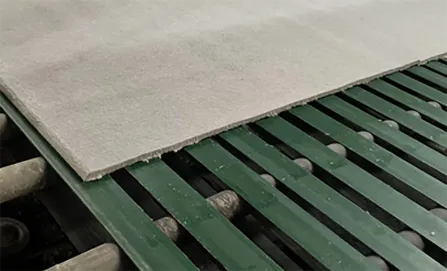Dec . 11, 2024 10:05 Back to list
Ceiling Access Cover Solutions for Easy Maintenance and Safety Access in Buildings
The Importance of Ceiling Access Covers in Modern Architecture
In contemporary architectural design, functionality often meets aesthetic appeal. Among the many components that contribute to a building's efficiency and safety, ceiling access covers play a pivotal role. These seemingly small fixtures ensure essential services remain accessible while maintaining the structural integrity and decor of a space. Understanding the importance, types, applications, and installation of ceiling access covers can provide valuable insights into their widespread utility in modern construction.
What Are Ceiling Access Covers?
Ceiling access covers are panels installed in ceilings, allowing easy access to areas above, like ductwork, plumbing, and electrical systems. Typically constructed from materials such as metal, plastic, or gypsum, these covers provide a direct opening to the above-ceiling environment without compromising the visual continuity of the interior space. The existence of access covers is crucial for maintenance and inspection purposes, ensuring that necessary repairs and upgrades can be conducted without extensive and costly invasive methods.
Types of Ceiling Access Covers
There are various types of ceiling access covers, each serving specific functionalities depending on the building’s requirements
1. Standard Access Covers These are the most common, providing basic access to utility spaces. They are usually rectangular or square and mounted flush with the ceiling for a seamless look.
2. Fire-Rated Access Covers In buildings where fire safety is paramount, fire-rated access covers are used. These covers are designed to contain flames and smoke, complying with specific fire safety regulations.
3. Acoustic Access Covers For spaces that require sound insulation, such as recording studios or conference rooms, acoustic access covers help maintain sound quality while providing access to essential services.
4. Hinged and Removable Covers Depending on usage frequency, some access covers are designed to be easily removable or come with hinges, allowing for quick access without the need for tools.
Applications of Ceiling Access Covers
ceiling access cover

The application of ceiling access covers spans various sectors, including residential, commercial, and industrial spaces.
- Residential Use In homes, access covers are typically used in areas where HVAC ductwork, plumbing, or electrical wiring must be maintained. They allow homeowners and maintenance professionals to inspect and repair systems without damaging ceilings.
- Commercial Spaces In offices and retail establishments, ceiling access covers provide maintenance access to vital mechanical systems. With aesthetic considerations in mind, these covers blend seamlessly into the ceiling design, enhancing the overall environment.
- Industrial Applications In factories and warehouses, access covers allow for easy access to large-scale mechanical systems and infrastructure, ensuring that maintenance can be performed efficiently without disrupting workflow.
Installation Considerations
When installing ceiling access covers, several key factors must be kept in mind to ensure functionality and compliance with building codes 1. Location The cover should be installed in areas where maintenance is frequently needed. Planning in advance can save time and costs.
2. Weight Capacity If the ceiling must support additional weight (e.g., ladders or heavy tools), choosing an appropriately rated cover is essential.
3. Building Codes Compliance with local building codes regarding fire safety, acoustics, and accessibility must be ensured to avoid future liabilities.
4. Sealing and Insulation In climate-controlled spaces, it is important to properly seal access covers to prevent energy loss and maintain temperature regulation.
Conclusion
In summary, ceiling access covers are indispensable components of modern architecture. They facilitate maintenance, ensure safety, and enhance the aesthetic appeal of living and working environments. By selecting the right type of access cover based on specific needs and adhering to proper installation practices, builders and architects can contribute significantly to the functionality and longevity of their structures. As the demands of urban living continue to evolve, the significance of these simple yet effective designs will undoubtedly grow, proving their worth in every corner of our built environment.
-
Quality Ceiling Trap Doors & Access Panels | Easy & Secure AccessNewsAug.30,2025
-
Durable Ceiling T Grid Systems | Easy InstallationNewsAug.29,2025
-
PVC Gypsum Ceiling: Durable, Laminated Tiles for Modern SpacesNewsAug.28,2025
-
Pvc Gypsum Ceiling Is DurableNewsAug.21,2025
-
Mineral Fiber Board Is DurableNewsAug.21,2025
-
Ceiling Tile Clip Reusable DesignNewsAug.21,2025







